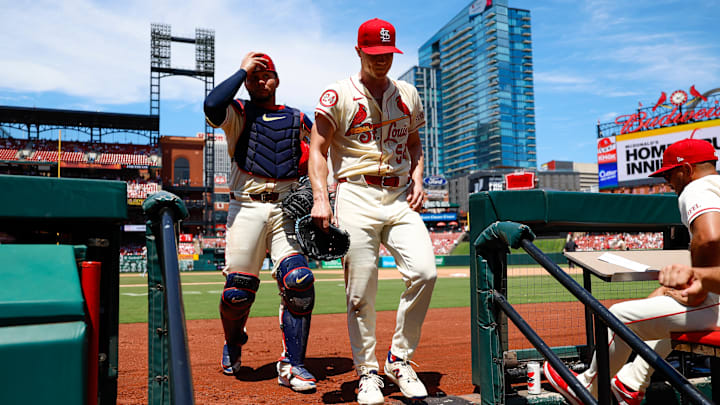Let's peer into the not-so-distant future.
The year is 2026. The St. Louis Cardinals have freed up millions of dollars after watching the pricey contracts of Paul Goldschmidt, Steven Matz, Erick Fedde, and Miles Mikolas expire. Top prospects like Tink Hence, Quinn Mathews, and Thomas Saggese are more than ready for the majors, and the team is eyeing a youth revolution.
To make matters more complicated, Major League Baseball is in the final season of its most recent Collective Bargaining Agreement. Owners are still feeling the effects of the COVID seasons and TV deals from the last two years falling apart. Additionally, they're being cautious due to the impending CBA expiration.
This perfect storm of issues has caused owners to be even more frugal than they have been recently. Teams like the Los Angeles Dodgers, New York Yankees, Philadelphia Phillies, and New York Mets boast payrolls nearing $300 million, but the bulk of teams are wanting to stay well below luxury tax levels.
The latter area is where Bill DeWitt III and his son are wanting to operate. In fact, John Denton of MLB.com reported recently that the owner was not wanting to add "significant" salary over the next few seasons. He could be seeing the writing on the wall with TV deals and CBA disagreements on the horizon.
Therefore, John Mozeliak and his successor following the 2025 season must get creative -- and frugal -- to fill out a roster in 2026. While the Cardinals have ample players who will be in arbitration come 2026, they only have three players on the books for that year: Sonny Gray, Nolan Arenado, and Willson Contreras.
The Colorado money has dried up with Nolan Arenado by then, so the Cardinals are on the hook for the entirety of his contract. Those three veterans will account for a total of $80 million in 2026. That's a sizeable chunk of change to have invested in just three players.
I wanted to build a projected roster for 2026 for the Cardinals. Before we begin, I have some self-imposed rules that will be followed as closely as possible.
Rules:
1. Players must be in the organization right now. No free agents, no future draftable players.
2. The final payroll must be around $160 million. This allows ~some~ free agency flexibility over the next two seasons, but I wanted to keep the payroll low, as the DeWitts may not be willing to commit a lot of money over the next few years.
3. 13 pitchers and 13 position players, as is the team's custom lately.
You can view contractual commitments here on Baseball-Reference. Without further ado, here is a projected St. Louis Cardinals' 2026 roster using in-house players!
